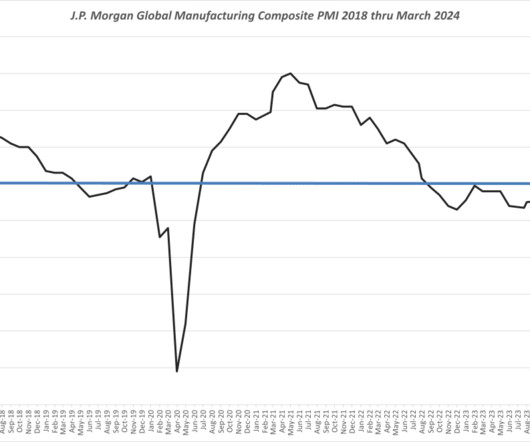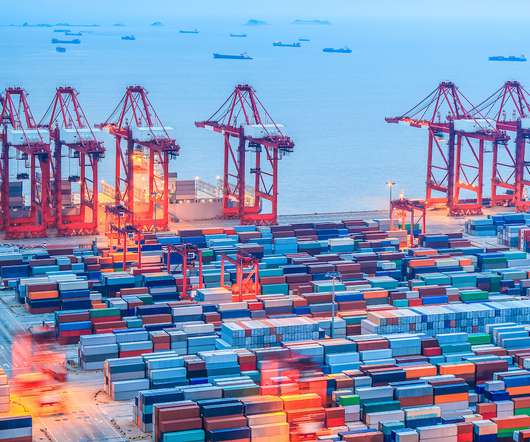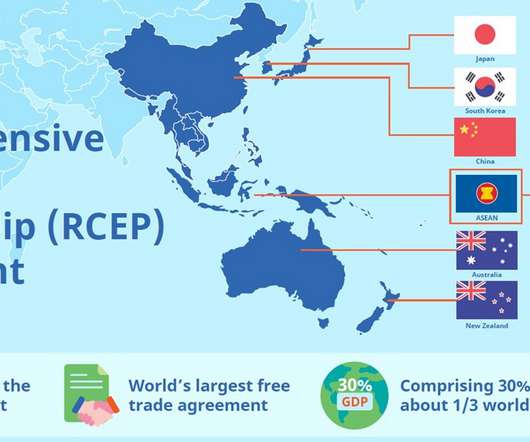Doing Business in Thailand
QAD
JANUARY 9, 2020
Its bordering countries include Myanmar, Cambodia, Laos and Malaysia. With its central location in Asia and robust air infrastructure, Thailand is well-positioned to move goods by air. Laem Chabang, another major seaport, is also a container port, making it easy to ship goods by sea. About twice the size of the U.S.
















Let's personalize your content